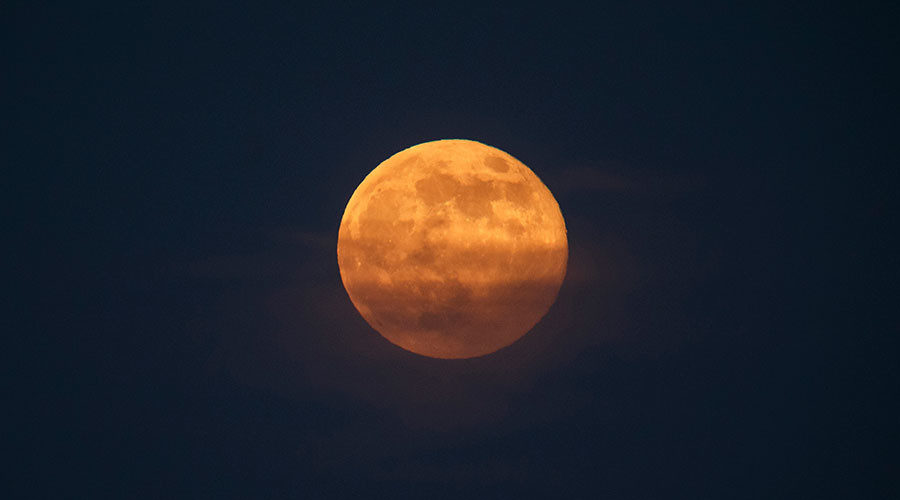OF THE
TIMES
A nation that continues year after year to spend more money on military defense than on programs of social uplift is approaching spiritual doom.
I thought the financial destruction of the collective west is the goal of the globalist elitists.
Post-capitalism is not the new feudalism. Feudalism is a person who comes and says, “In the early stages, your body belongs to me, but not as a...
And sometimes they ask me: "But how are new elites created?" When the crisis reaches its peak, new elites emerge with bloodshed. Then new...
Québec is choking on ignorants & pretentious civil servant red-tapers. (Sounds like worms don't it -- they ARE!!) Ottawa is choking on fakes...
Something else.... What are the new rulers of the world preparing for us?the dying roar of the departing class Author: Andrei Fursov There is a...
To submit an article for publication, see our Submission Guidelines
Reader comments do not necessarily reflect the views of the volunteers, editors, and directors of SOTT.net or the Quantum Future Group.
Some icons on this site were created by: Afterglow, Aha-Soft, AntialiasFactory, artdesigner.lv, Artura, DailyOverview, Everaldo, GraphicsFuel, IconFactory, Iconka, IconShock, Icons-Land, i-love-icons, KDE-look.org, Klukeart, mugenb16, Map Icons Collection, PetshopBoxStudio, VisualPharm, wbeiruti, WebIconset
Powered by PikaJS 🐁 and In·Site
Original content © 2002-2024 by Sott.net/Signs of the Times. See: FAIR USE NOTICE

The Moon: Dr Walt Brown has a catastrophic theory called HYDROPLATE THEORY that begins with an unusual event covering the earth with granite and proceeds from there. Lets consider how the Earth came by this granite layer which in the Utube by B Nichols he says that granite seems not reproducible under earth conditions. Walt Thornhill is a proponent of a brown dwarf supporting life. Now to get to the Moon. A gas cloud expelled by Sol nears Earth compacting as it does so, becoming dense enough to have a solid visible center. Now this gas cloud is extremely magnetic and draws with it asteroids, meteorites, etc. The Earth has significant effects from cosmic encounters on its face, among which is the split known as the Cayman Trench which appears to be a gas blowout. Could this be evidence of a magnetic impact and exchange of massive energy? This energy could have pulverized a fair sized asteroid or meteorite and the iron dust be sufficient to actually adhere to the spherical gas cloud/cum brown dwarf? The magnetic attraction could draw the iron dust to the dwarf gaseous body and shell it? How it was hardened was the immediate cooling. That's what I think the Moon is: a brown dwarf --a gas sphere --shelled with the exploded and pulverized iron meteorite in its triple energy encounter with Earth.